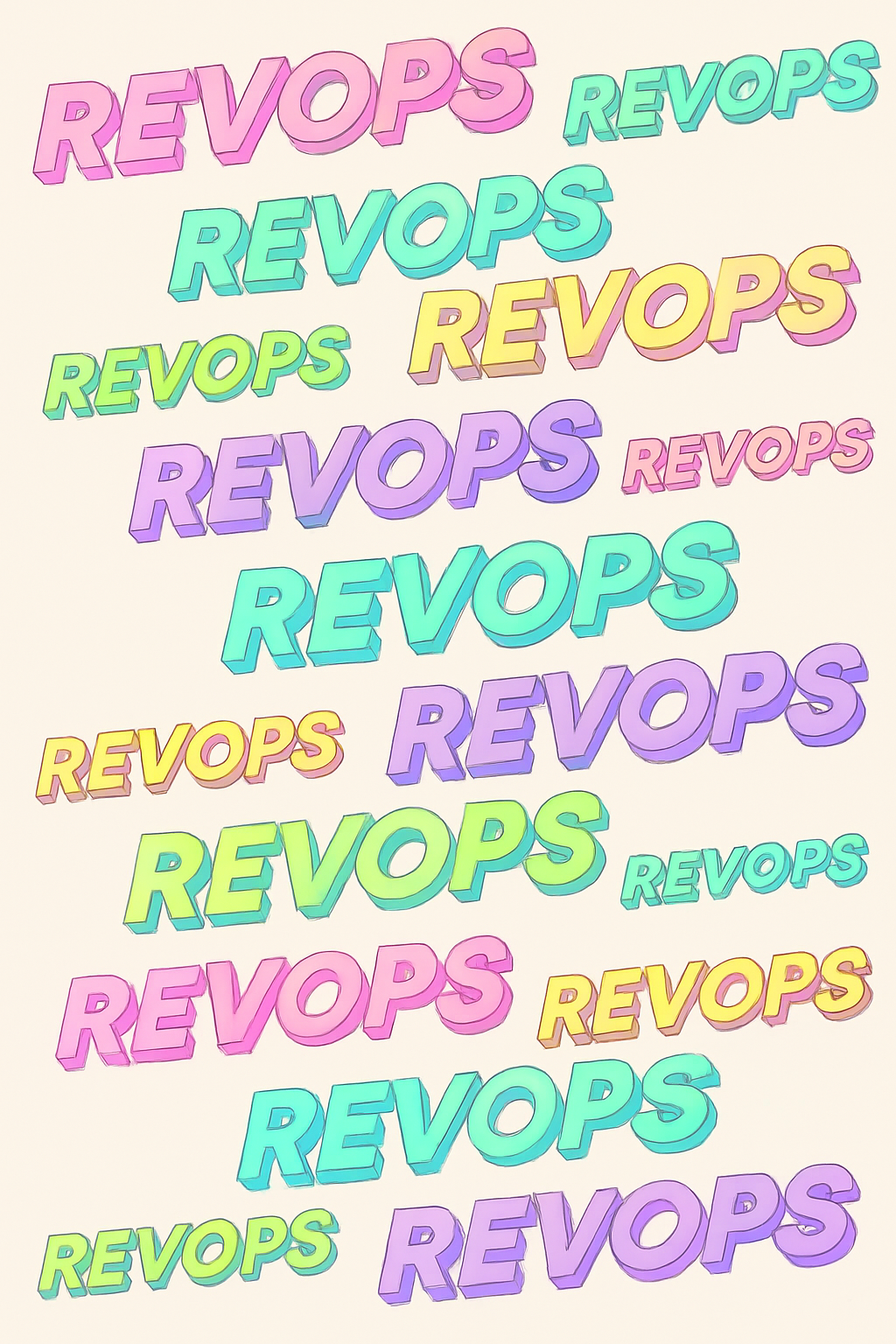RevOps at Scale: Connecting PLG, Sales, and Partners in One Flow
In SaaS, revenue growth depends on multiple channels — product-led, sales-led, and partner-led — yet most companies manage each in isolation. This fragmentation forces RevOps teams to juggle disconnected tools like Salesforce, Zuora, and partner portals, slowing growth and creating friction for customers. A connected RevOps model changes that. By unifying offers, quotes, and orders across all channels, companies can deliver consistent pricing, seamless buying experiences, and real-time data synchronisation. The result is fewer leaks, faster revenue cycles, and RevOps teams that focus on scaling rather than fixing broken processes.

In SaaS, revenue doesn’t come from just one channel. A customer might start with a free trial, expand their contract after talking with a sales rep, and later purchase add-ons through a reseller. For the customer, these are all part of the same relationship. But for most companies, each of these motions lives in a separate system, managed by different teams, and held together by manual effort.
This is where RevOps feels the strain. Instead of enabling growth, they’re reconciling spreadsheets, chasing down quotes, and trying to stitch together data from Salesforce, Zuora, and half a dozen other tools. The result? A process that slows down growth and creates friction for customers.
Why Channels Stay Disconnected
The breakdown happens because each channel evolved in isolation:
- PLG tools handle signups and free trials, but rarely talk to CRM.
- Sales teams copy and paste quotes in Salesforce, sending emails manually.
- Partners often work through forms or portals that don’t sync in real time.
Each step works in its own lane, but nothing flows together.
What It Costs the Business
When channels don’t connect, the customer experience splinters. One day they’re buying self-serve, the next they’re stuck waiting for a sales email, and later they hear different pricing from a reseller. Behind the scenes, revenue is leaking: upsells are missed, renewals are delayed, and partners make errors.
Meanwhile, RevOps spends its energy fixing problems instead of scaling growth.
What Connected RevOps Looks Like
A connected approach changes the equation:
- Offers are unified so customers see the same pricing and packaging everywhere.
- Quotes are instant in Salesforce and sent directly to checkout.
- Partners order directly through dedicated portals, no more back-and-forth emails.
- Customers self-serve upgrades, renewals, or cancellations in real time.
The key is one flow across every channel — PLG, sales, and partners — all syncing back into Salesforce and Zuora.
The Takeaway
Scaling revenue isn’t about adding more tools. It’s about giving RevOps the ability to connect the motions they already manage into one seamless flow. Companies that unify their channels deliver a consistent experience for customers, reduce leaks, and finally let their RevOps teams focus on growth instead of clean-up.
Other posts you may like
Other posts you may like

Everything you need to know about BillingPlatform
Keep reading for the lowdown on this subscription billing platform, including the main features, pricing, and more.

Stop Losing Money on Small Deals: The Quote-to-Checkout Fix
Manual sales processes for small deals are killing your efficiency. When reps spend hours closing $500 contracts, you're bleeding margin and missing bigger opportunities. Learn how quote-to-checkout automation helps companies like Box capture 20% of ARR through self-serve - while freeing sales teams to focus on enterprise deals.

What are the key KPIs for a great checkout?
However, with 57.9% of carts being abandoned in the UK and 68.7% in the US, it’s clear that businesses need to do more to prevent cart abandonment in the first place. Picking the right KPIs to keep track of is a great way to kickstart a data-driven overhaul of your checkout.